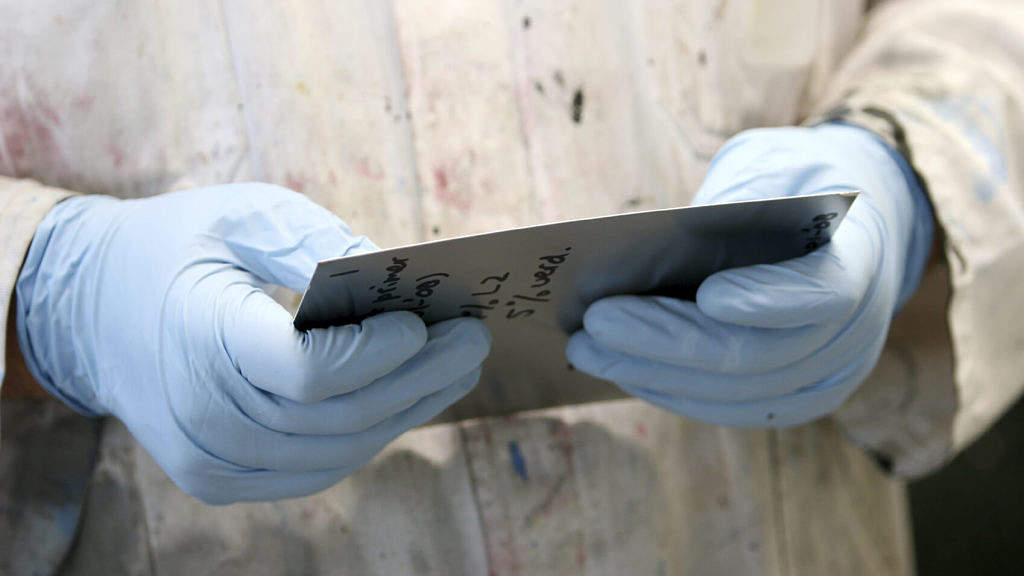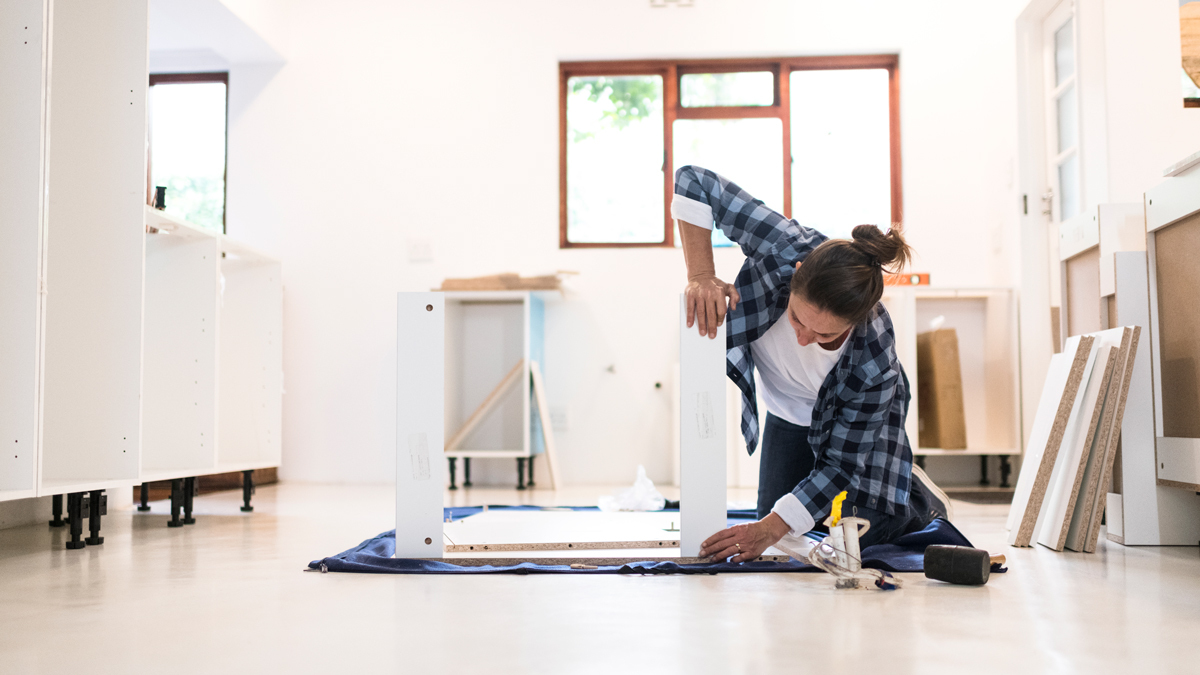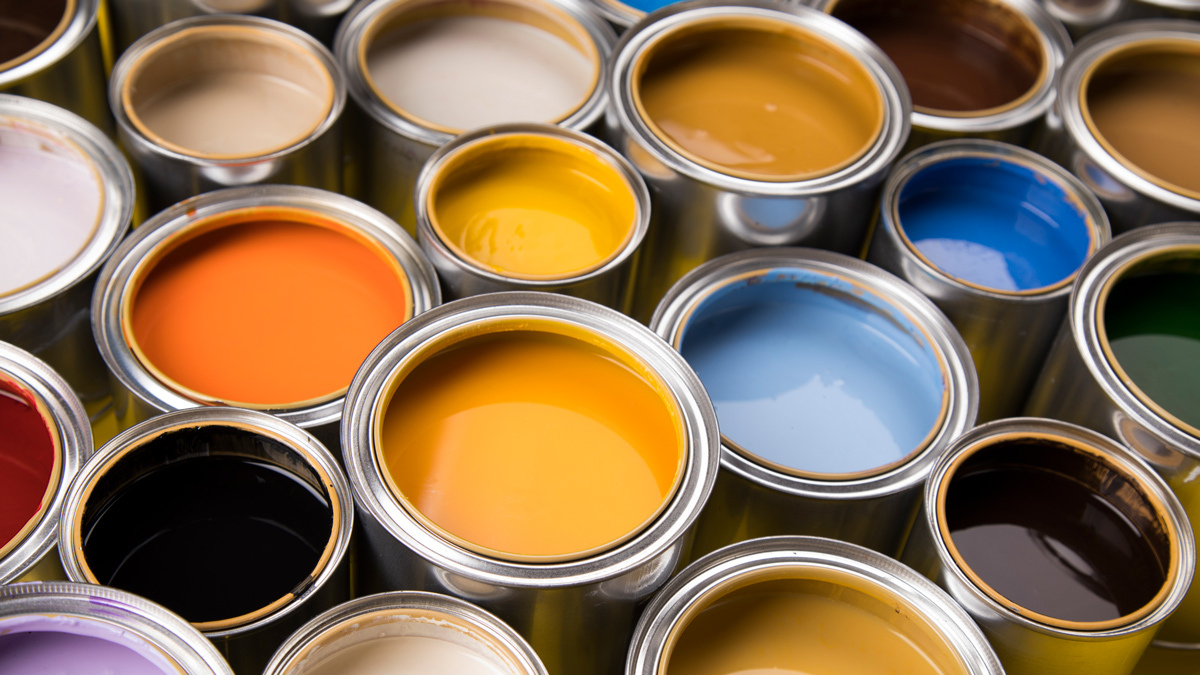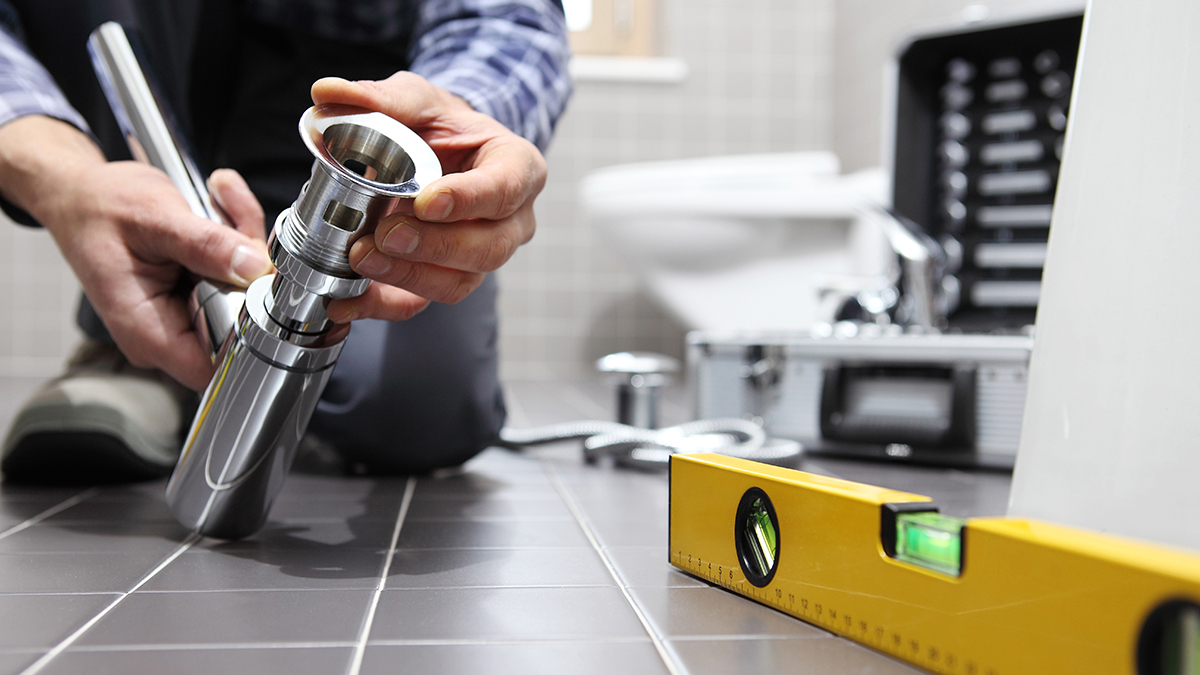How we test interior paint
The fine art of paint testing explained.
Last updated: 26 Feb 2020
Actually, there’s a lot more to testing paint than that! If you’re painting a room, you’ll want the best possible paint to suit your needs and budget, but it’s hard to judge quality based on the information on the can. Price isn’t necessarily an indicator of quality either. That’s why we put interior paint to the test, and here’s how we do it.
On this page:
Our expert testers
CHOICE maintains a highly professional NATA-accredited laboratory and the vast majority of our product testing is done in-house. However, some tests, including paint, demand particular expertise and equipment that we don’t have, so in these cases we engage an accredited external lab to do the hiding power, washing and scrubbing resistance tests according to our requirements. We perform the stain resistance test in-house.
With so many to choose from, what makes us choose one paint product to test over another? As with most of our product testing, our aim is to test the most popular brands and types on the market and what you are most likely to see in the retailers.
We survey manufacturers to find out about their range of products, we check market sales information and we also check for any member requests to test specific paints. From this information we put together a final list that goes to our buyers. They then head out to the retailers and purchase each product, just as a normal consumer would. We do this so we can be sure they are the same as any consumer would find them and not ‘tweaked’ in any way.
We test low-sheen acrylic paints – the most commonly used paint type for interior walls – and white colour only, for consistency between products. Added tints may affect the hiding power (a darker tint will probably improve it), but should have no effect on resistance to washing, scrubbing or staining.
How we test
Hiding power is tested by an accredited laboratory as per the Australian Standard AS 1580. This measures how well the paint hides a black test pattern, using two coats at the manufacturer’s recommended maximum coverage rate. One of the tested paints (with good hiding power) is used as a reference against which the other paints are compared. A paint with a comparatively poor score may need a third coat on walls to hide any underlying colours or marks.
Most paints claim a spread rate of 16 square metres per litre. For those paints with a lower claimed spreading rate, such as 10 square metres per litre, we test their hiding power at both their claimed rate and at 16 square metres per litre, in case their natural spreading rate is more than claimed. In our latest test the results were mixed, but we didn’t see major differences in most cases, and our results are based on their claimed spreading rates.
Resistance to washing is tested by the same lab as per the Australian Standard. This involves 200 wash cycles with sponge and soapy water, with the gloss of the paint measured before and after. All the paints passed this test with excellent results (they had no significant loss of sheen) so we didn’t factor this test into the scores.
Scrub resistance is tested by the same lab, based on the US standard ASTM D2486. The paint panels are scrubbed with a bristle brush and an abrasive cleanser (Jif); the number of cycles taken to significantly wear the paint is noted. Lower scores here don’t mean the paint can’t be scrubbed safely, but do indicate it may wear faster than better-scoring paints.
Stain resistance is tested using cordial, red wine, tomato sauce, and felt-tip pen. The CHOICE tester applies stains to the panels for one minute, then assesses for stain removal using water on a damp sponge; if unsuccessful, he tries again with water and dishwashing detergent; if unsuccessful, he tries again with Ajax Spray n’ Wipe.
Test criteria explained
The overall score is made up of:
- Hiding power 70%
- Scrub resistance 15%
- Stain resistance 15%
We weight hiding power most heavily as this is a key factor in how much paint you’ll need to use, and therefore the cost-effectiveness and painting time needed. But if scrubbing or stain resistance are more important to you, you can look for the paints that score best for those aspects in our review.
All the paints scored 100% for resistance to washing so this was not factored into the score.
Our test lab
Testing paint requires a very specific laboratory, as described above in How we test. While CHOICE does have high quality NATA-accredited laboratories, we don’t have the necessary equipment or skills to test paint to the Australian standard. So instead, when we review paint, we send it to a qualified external lab.
Ready to buy?
Check out our interior paint review.
Related
Chris Barnes is a Senior Project Officer. He manages the product reviews that are done outside of CHOICE with external labs or data sources. This includes solar panels, electric heaters, air purifiers and detergents. Chris also manages our testing services through our commercial arm, Test Research, and he is CHOICE's NATA authorised representative for our lab's formal accreditations. Chris is involved with the standards committee for air conditioners. And he works with government and industry in areas such as product safety and regulation. In over 20 years at CHOICE, Chris has managed lab teams for a wide range of products, including children's products, kitchen appliances, laundry appliances, garden power tools and more. Chris has a Science degree from the University of Sydney. LinkedIn
Chris Barnes is a Senior Project Officer. He manages the product reviews that are done outside of CHOICE with external labs or data sources. This includes solar panels, electric heaters, air purifiers and detergents. Chris also manages our testing services through our commercial arm, Test Research, and he is CHOICE's NATA authorised representative for our lab's formal accreditations. Chris is involved with the standards committee for air conditioners. And he works with government and industry in areas such as product safety and regulation. In over 20 years at CHOICE, Chris has managed lab teams for a wide range of products, including children's products, kitchen appliances, laundry appliances, garden power tools and more. Chris has a Science degree from the University of Sydney. LinkedIn






